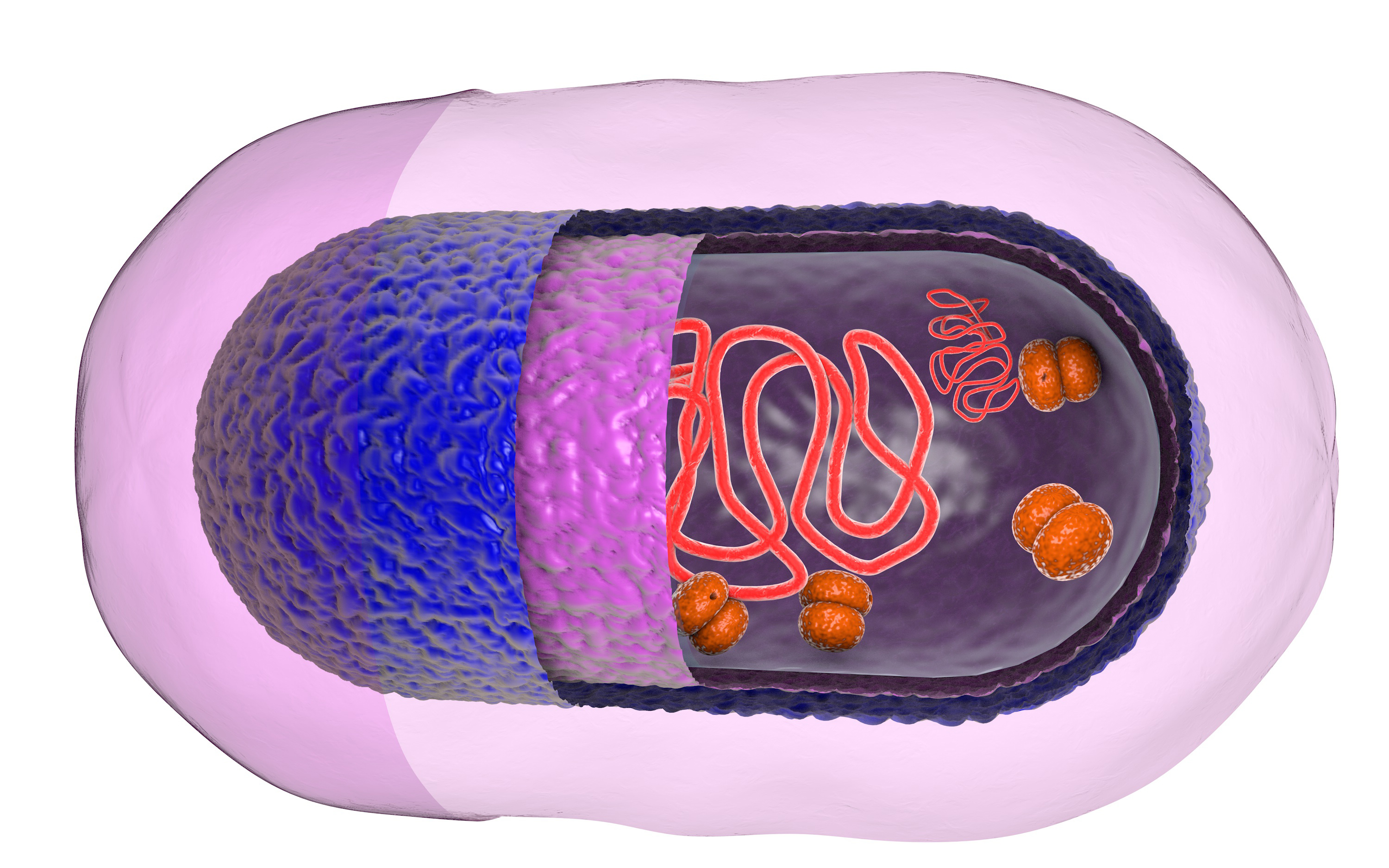
Evolutionary Stalling: Researchers Explore the Boundaries of Natural Selection
Researchers find that even natural selection has a tough time optimizing performance simultaneously across multiple components of the cell
Published Date
By:
- Mario Aguilera
Share This:
Article Content
Natural selection is a powerful force that has shaped the evolution of all organisms throughout the world’s environments, from mountaintops to the deep sea. Its footprints are also evident on much smaller scales, down to the dynamic environments inside living cells.
Evolutionary biologists at the University of California San Diego and the University of Arizona have investigated the processes of evolution in the bacterium Escherichia coli to help understand how natural selection operates across the various components inside cells.
In the Proceedings of the National Academy of Sciences, they report that even the power of natural selection has surprising limits.
The research team led by postdoctoral scholar Sandeep Venkataram and Sergey Kryazhimskiy at UC San Diego’s Division of Biological Sciences, and Betül Kaçar at the University of Arizona, planned and executed a series of experiments across more than four years that explored adaptive evolution in E. coli molecular modules, units inside cells that execute critical biological functions.
Their experiments concentrated on the translation machinery, a cell module that performs essential protein synthesis functions. They conducted a 1,000-generation-long evolution experiment in multiple strains of E. coli that featured genetically modified translation machinery with various degrees of defects, from barely perceptible to almost lethal.
As expected, the translation machinery with severe defects initially adapted by acquiring mutations that alleviated these deficiencies. But then, surprisingly, the accumulation of adaptive mutations slowed after roughly 300 generations and eventually stopped completely, before the defects were completely repaired. Kryazhimskiy and his colleagues predicted such “evolutionary stalling” based on previous theoretical work and demonstrated this phenomenon experimentally for the first time in this PNAS study.
“This idea of evolutionary stalling is new,” said Kryazhimskiy, an assistant professor in the Section of Ecology, Behavior and Evolution. He indicated that evolutionary stalling in one module kicks in as the defects in that module diminish to the point where multiple modules have defects of similar magnitude. When this happens, natural selection has a hard time differentiating among the different modules. “Beneficial mutations that arise at the same time in the same population will have to fight it out, and eventually one will have to win. Natural selection cares only about the total benefit for the fitness of the organism. It doesn’t care how a mutation achieves the benefit.”
Paper first-author Venkataram, a postdoctoral scholar, said their work synthesized the idea that mutations have to compete against each other with the concept that the fitness of the organism can be improved by mutations in different cellular modules.
“When you merge these two ideas together… then you get this result that some modules, even if they can get beneficial mutations, will not evolve because they are not getting mutations that are beneficial enough to overcome even more beneficial mutations that are happening in other modules,” said Venkataram, who noted that evolutionary stalling is possible in a large fraction of the natural world’s organisms.
The take-home message of the study, according to Kryazhimskiy, is that even natural selection, with all its power to shape life in all its many forms, has boundaries.
“Even natural selection is limited by genetic linkage,” he said. “When there are multiple defective modules in the cell, all encoded on the same contiguous piece of DNA, natural selection has a very difficult time improving all modules simultaneously.”
In addition to Venkataram, Kryazhimskiy and Kacar, co-authors include Ross Monasky (University of Arizona) and Shohreh Sikaroodi (UC San Diego).
The research was supported by the John Templeton Foundation (grants 58562 and 61239), the NASA Exobiology and Evolutionary Biology Program (grant H006201406), the NASA Astrobiology Institute (grant NNA17BB05A), the Burroughs Wellcome Fund Career Award at the Scientific Interface (grant 1010719.01), the Alfred P. Sloan Foundation (grant FG-2017-9227) and the Hellman Foundation.
Share This:
You May Also Like
Stay in the Know
Keep up with all the latest from UC San Diego. Subscribe to the newsletter today.



